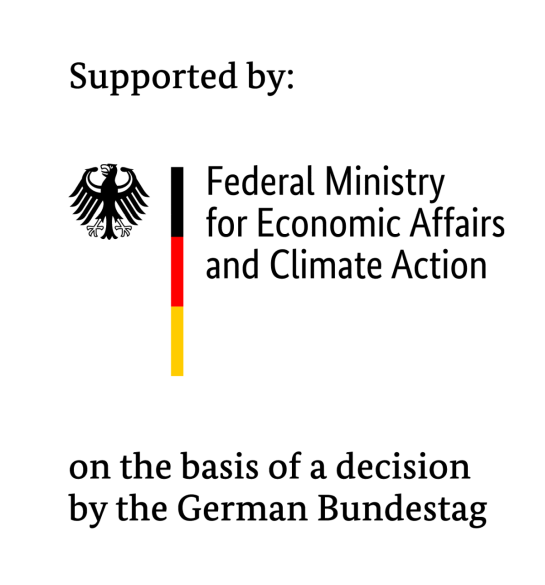









2023 official report - Greening the Economy in Uzbekistan: State of Play in 2023. Monitoring progress based on the OECD green growth indicators
OECD Green Growth Indicators Framework
GREEN Action Task Force: Greening the Economy in Eastern Europe, Caucasus and Central Asia




